Polvilho Azedo is a fermented starch from the cassava root (tapioca). Although potato starch lacks the stretchiness of tapioca, it gives the breads an equally light and fluffy consistency. The miso substitutes the fermented flavour of the flour as well as the cheese, while the potato unites everything into a rich umami filling for the breads. Experiment with other starches, locally fermented flavours and sources of fat (oil) to make these suitable for wherever you are. By localising our diet, we become more mindful of the food that grows around us and we can support producers in their mission to diversify their crops.
makes 12 breads
Ingredients
-
1 large roasting potato (around 250g)
-
120g potato starch
-
30g marrowfat pea miso (or any locally made miso)
-
30g rapeseed oil
Method
Preheat the oven to 200°C. Use a fork to pierce holes into the potato, place it onto the tray and bake it for 1 hour until the inside is cooked and soft. Let it cool down until cold enough to handle, then peel the skin. Crank the oven up to 220°C and line a baking tray with parchment paper.
In a separate bowl, combine the flour with 1/2 tsp salt. Add 200g of the peeled potato followed by the miso, oil and 60 ml of water. Mix it into a soft dough. It will feel sticky and flatten slightly into the bowl, but that’s fine. With dry hands, shape the dough into 12 balls (around 36g each). Place them on the baking tray and bake in the oven for 25 minutes. Best eaten while they are still slightly warm.

Potato Pão de Queijo
Ingredients
- 1 large roasting potato (around 250g)
- 120 g potato starch
- 30 g marrowfat pea miso (or any locally made miso)
- 30 g rapeseed oil
Instructions
- Pre-heat the oven to 200°C. Use a fork to pierce holes into the potato, place it onto the tray and bake it for 1 hour until the inside is cooked and soft. Let it cool down until cold enough to handle, then peel the skin. Crank the oven up to 220°C and line a baking tray with parchment paper.
- In a separate bowl, combine the flour with 1/2 tsp salt. Add 200g of the peeled potato followed by the miso, oil and 60 ml of water. Mix it into a soft dough. It will feel sticky and flatten slightly into the bowl, but that’s fine. With dry hands, shape the dough into 12 balls (around 36g each). Place them on the baking tray and bake in the oven for 25 minutes. Best eaten while they are still slightly warm.
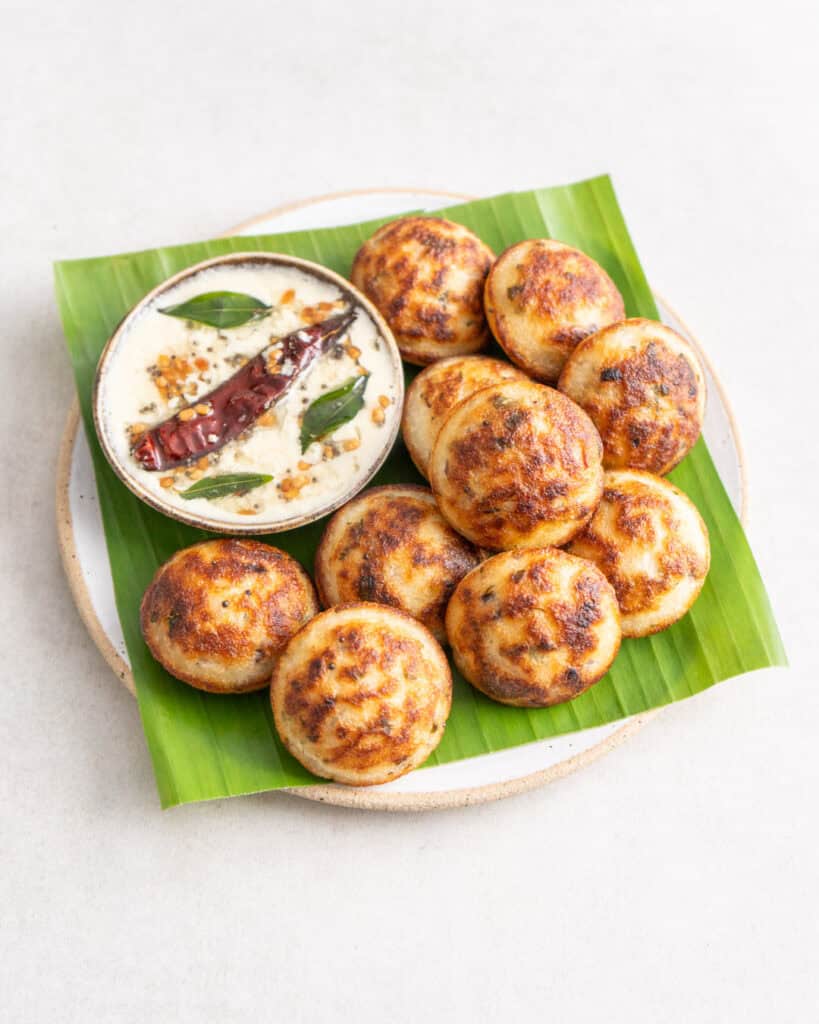



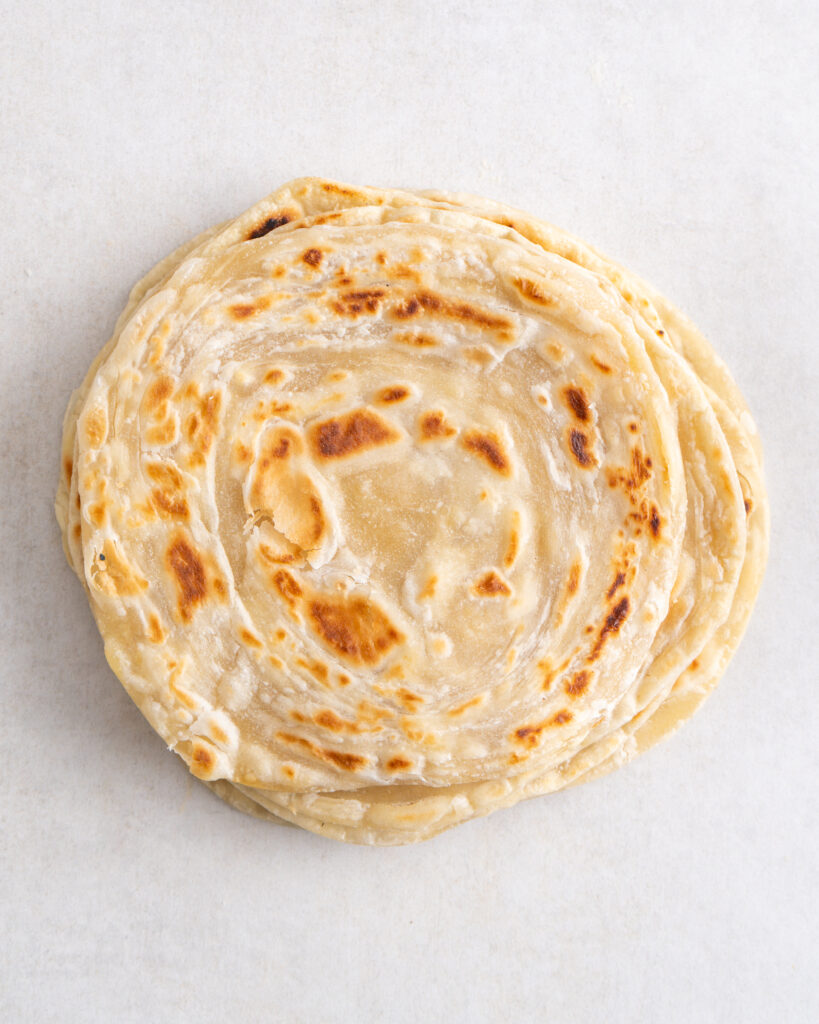
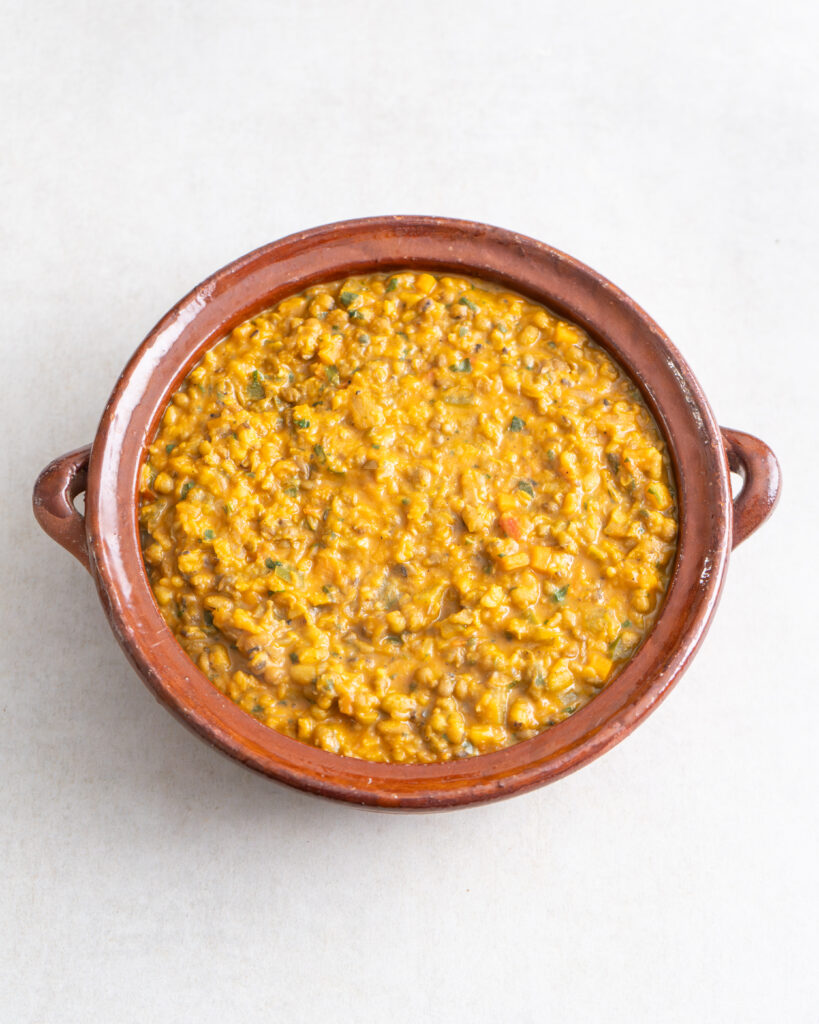
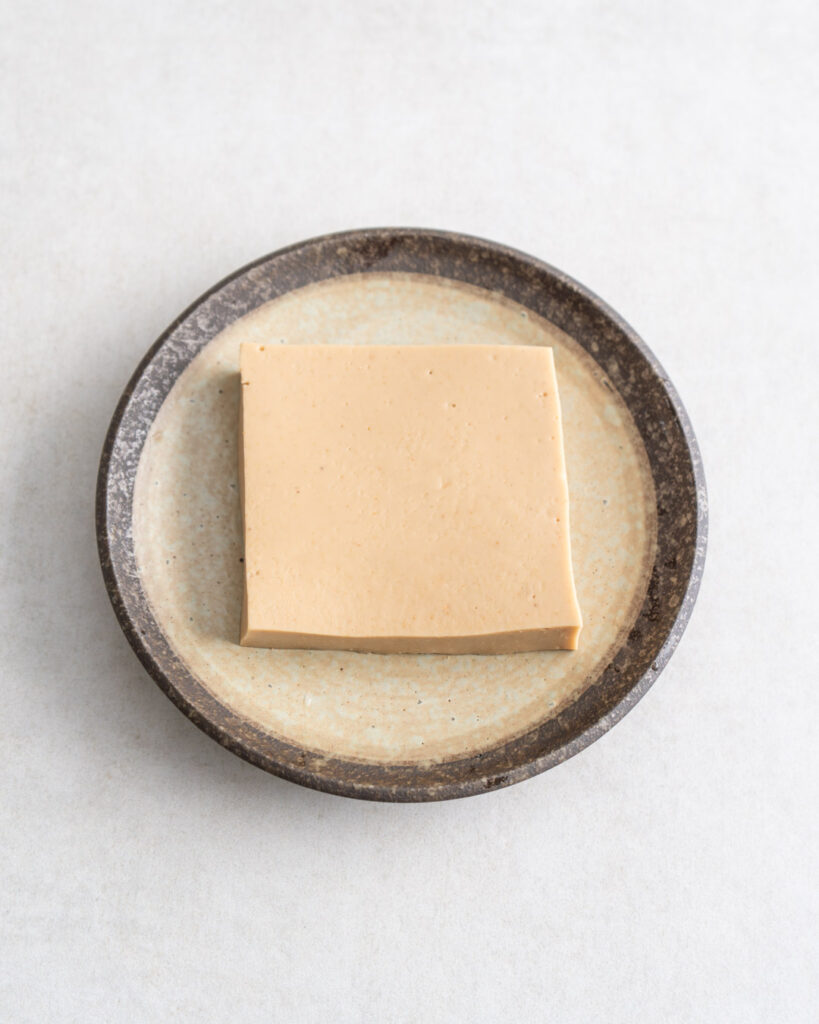
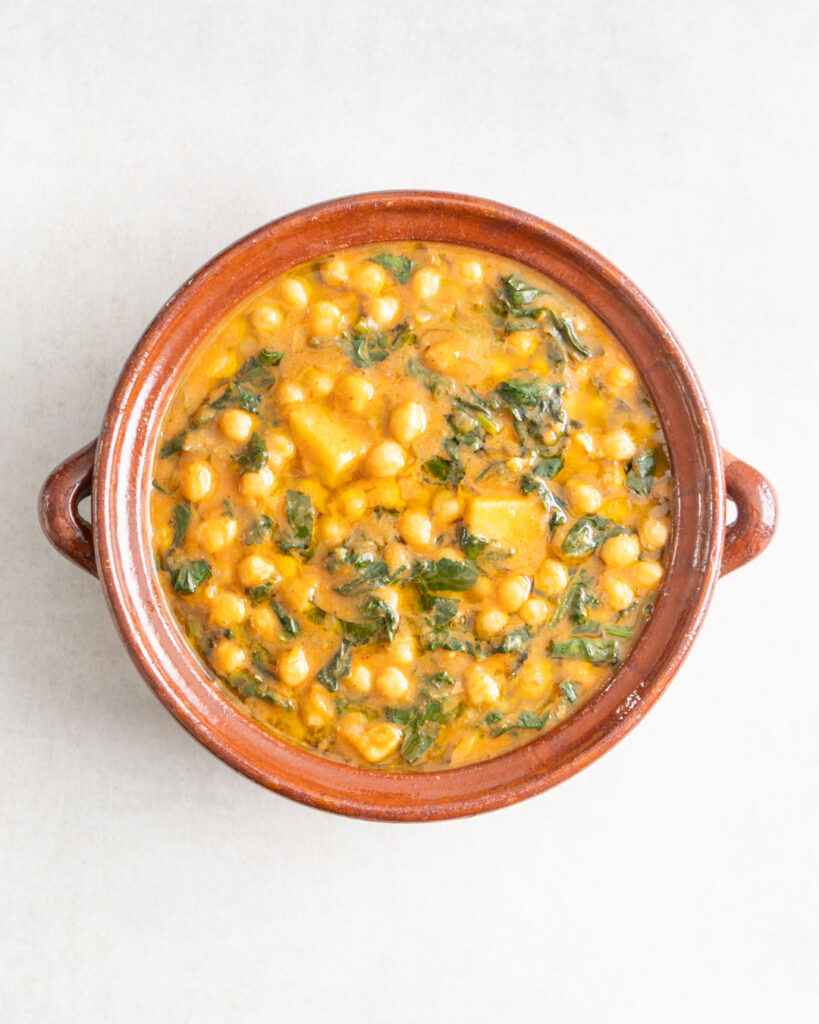

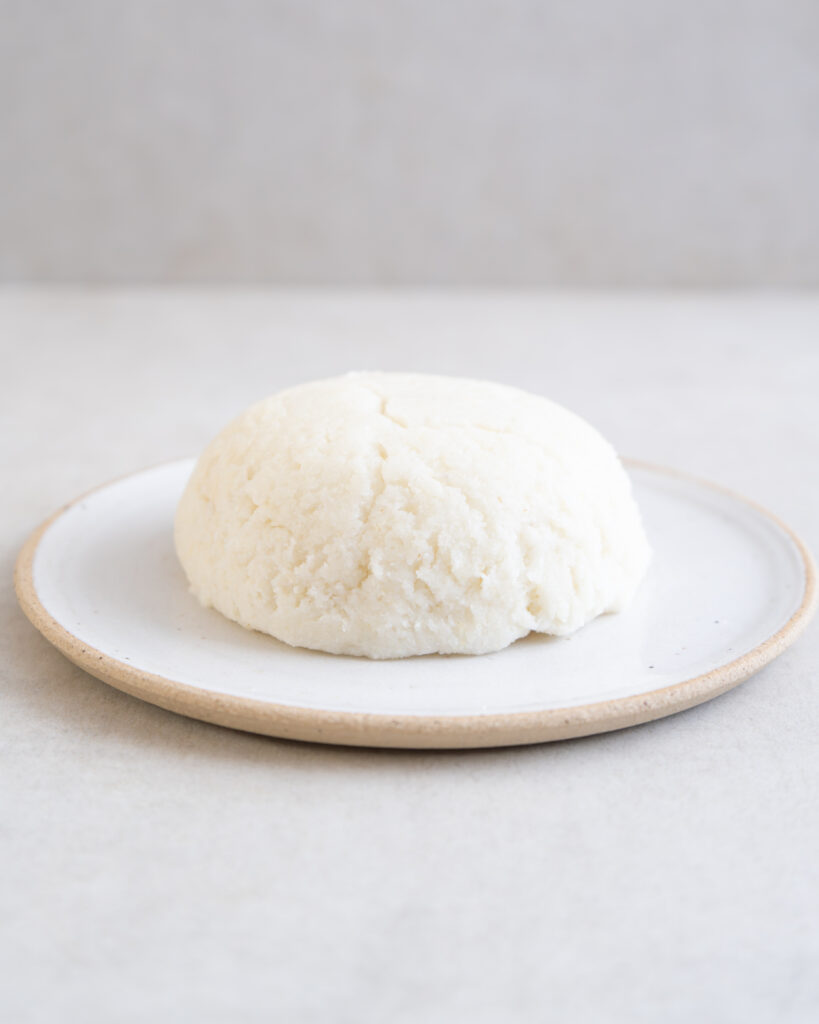

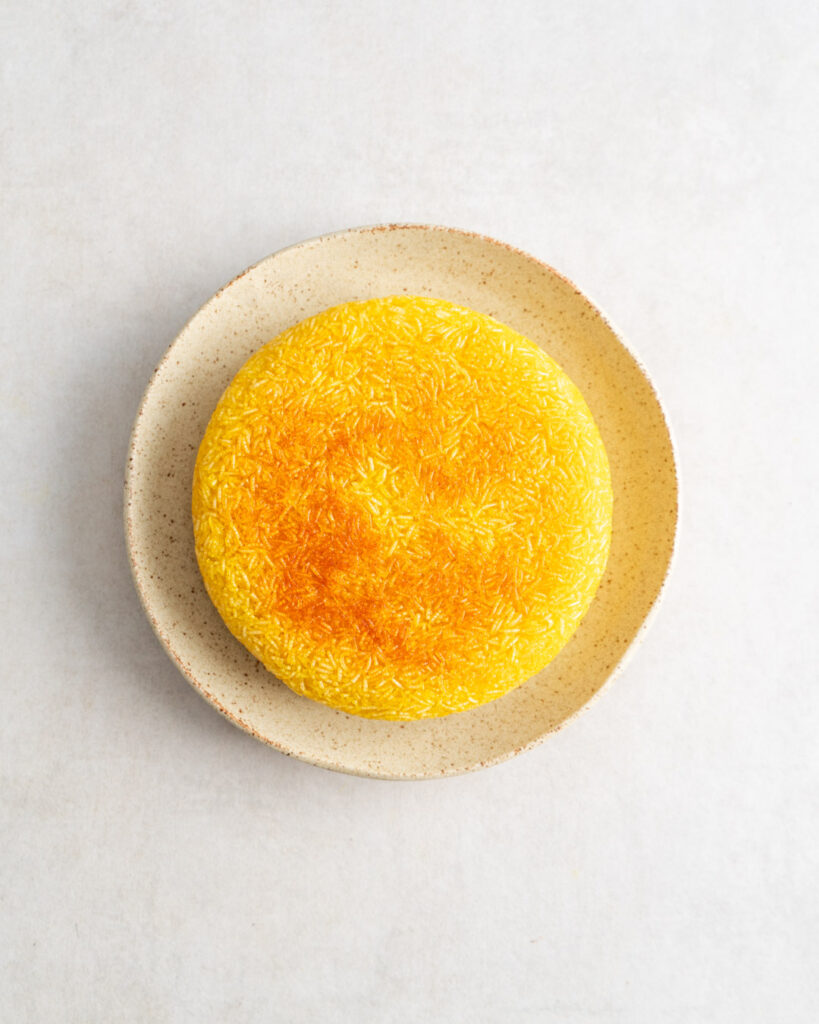












0 Comments